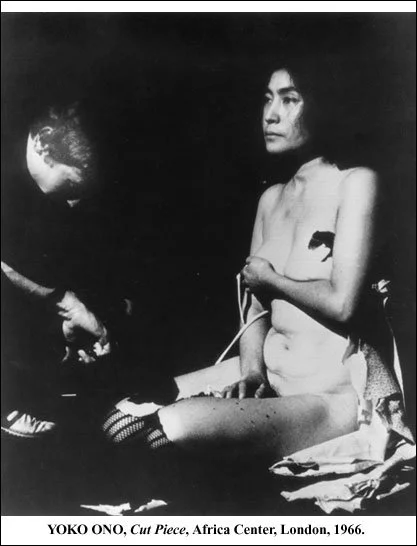COPENHAGEN FASHION WEEK SPECIAL!
Welcome to the last of our Copenhagen Fashion Week interviews (if you missed the previous Eps, do go back & take a listen).
This one is refreshingly honest conversation with Danish knitwear designer Amalie Røge Hove about her much-loved label, A. Roege Hove, and the ups and downs of being an independent fashion business.
Widely celebrated as the next big thing, for the past few years A. Roege Hove was a CPHFW highlight. But last season, Amalie was not on the schedule, although her brilliant work was part of the Ganni NEWTALENT platform to amplify rising talents.
So why no runway? Everybody loves A. Roege Hove. After launching in 2019, they were stocked by the likes of Matches and Selfridges, dressing all the It-girls and winning all the prizes, including 2023's International Woolmark Prize.
That winter, however, the label went into administration.
Alas, it's a depressingly common situation. With many independents going bankrupt in the last few years, or finally deciding to close their doors because of rising costs and other stresses - including, of course, those who put sustainability at the heart of what they do.
How much of a problem is the wholesale model here? Can you grow too fast? Can you make it without financial backers? What happens if you can’t keep up? Or supply chains take a hit for reasons outside of your control? We thank Amalie for sharing her story so that others might benefit.
*Since this interview was recorded in February, we are happy to report that A. Roge Hove has returned in a new form and showed again at the CPHFW Spring ‘25 collections.
ABOUT
A. ROEGE HOVE is a conceptual knitwear brand that challenges traditions with a modern and artistic approach to original craftsmanship. It aims for silhouettes to be both effortless and exaggerated, with an exceptional and unique result. In 2023, A. Roege Hove was awarded the Karl Lagerfield Award for Innovation at the 2023 International Woolmark Prize. https://aroegehove.dk/
Founder Amalie Røge Hove has a master’s degree in textile design from the Royal Danish Academy of Fine Arts and years of experience as a knitwear designer for brands including Cecilie Bahnsen and Mark Tan.
Listen to Cecilie Bahnsen on Episode 193.
For Spring 25 (pictured below) Amalie explained that she was: “inspired by framing the female body, working on the principles of iterations - starting from the strict lines of the rib to a messier, almost disturbed line caused by the body. Based on the idea of having pieces almost placed on the body with no remarkable change, letting the textile speak for itself, and conversely having pieces that change completely on the body. For this season, we have worked with volume growing from the lines of the rib in defined areas, moving and draping on its own, with a focus on the spaces in between.”
A. Roege Hove, Spring ‘15
““Clothes should be shaped by the bodies that wear them and not the other way around.””
CUT PIECE BY YOKO ONO was a seminal piece of 1960s performance art, that saw the artist invite audience members to cut off her clothes in real time. Powerful.More here.
KNITTING MACHINES are amazing. Want to know the history of them? Look no further.
COPENHAGEN NEW TALENT For Autumn 24, Ganni chose to partner with CPHFW’s NEWTALENT platform to amplify rising talents through a pop-up exhibition, financial grant, and mentorship program. The show, “Future, Talent, Fabrics” takes over Copenhagen’s Nikolaj Kunsthal from Jan. 31 through Feb. 2, spotlighting the work of buzzy local creatives like Alectra Rothschild (listen to her interview on Ep 216), Nicklas Skovgaard, Jens Ole Árnason, and A. Roege Hove.
INDIE LABELS, WHOLESALE & TOUGH CONDITIONS
The failure of MATCHES FASHION in 2024 definitely made things hard for a bunch of indie labels that relied on the once mighty British etailer. Molly Goddard admitted they were once their biggest stockist. Victoria Beckham had to wrangle her stock back. Susie Cave's brand The Vampire’s Wife, which closed in May, was owed 32K pounds by Matches, while Swedish brand Toteme was reportedly owed a million quid. More here.
“Rising inflation rates are creating astronomical operating costs. While we often hear about food and gas prices causing consumers to worry, fashion also falls victim to this. Goods are costing more to produce—especially if they are meant to be sustainable, which is now a common consumer demand.
Second, customer acquisition costs have continued to increase.” Read the rest on Forbes here.





